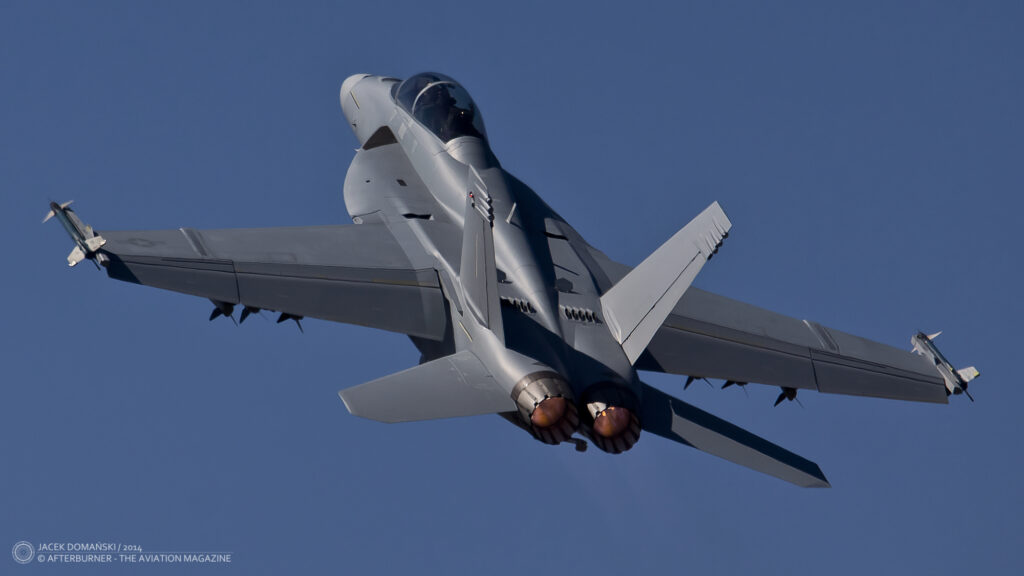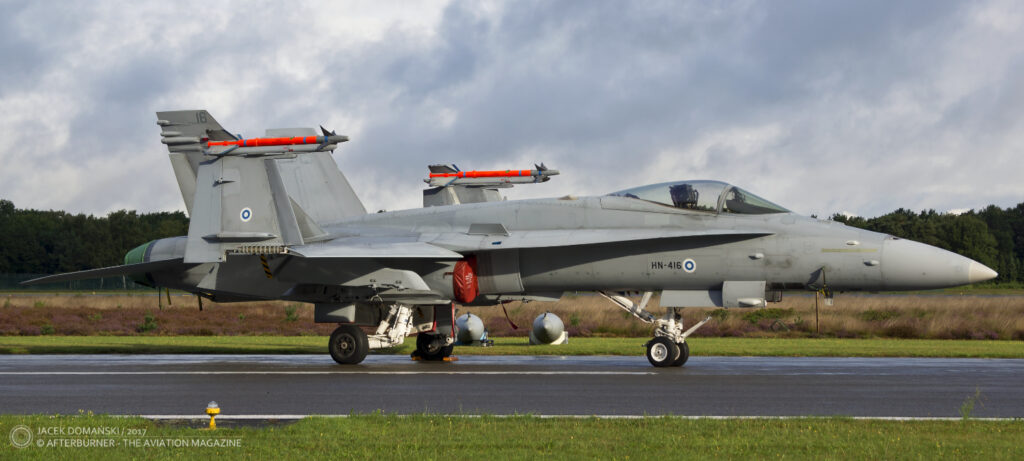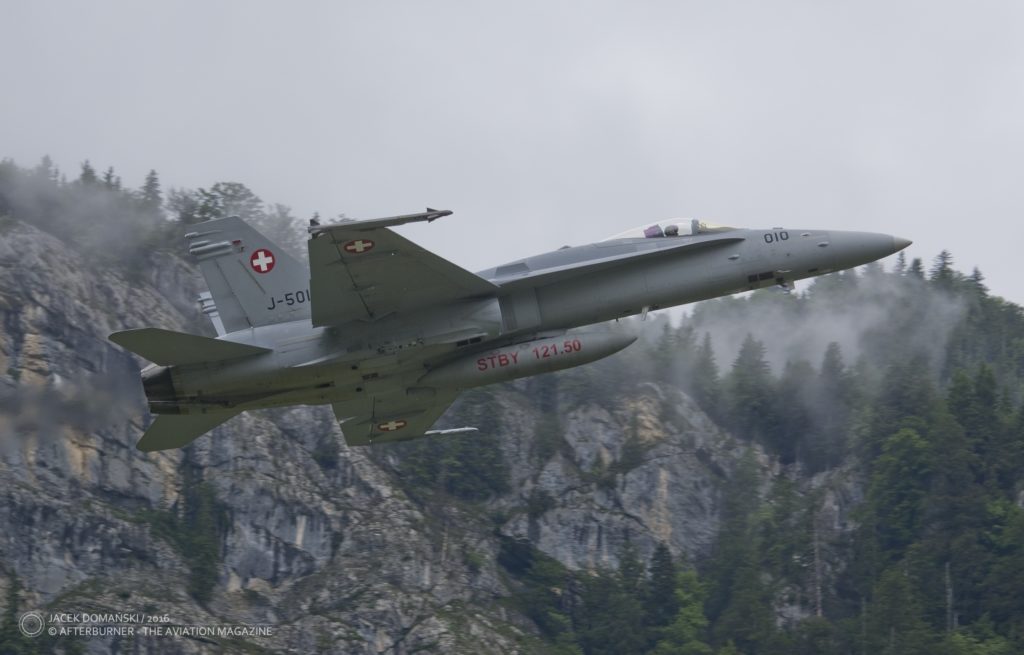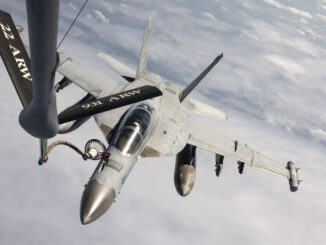 On 23rd February 2023, the Boeing company announced that it is expecting to complete new-build production of the F/A-18 Super Hornet fighter aircraft in late 2025, following delivery of the last examples of the fighter for the US Navy. However, production could be extended to 2027 if the Super Hornet is selected by an international customer.
On 23rd February 2023, the Boeing company announced that it is expecting to complete new-build production of the F/A-18 Super Hornet fighter aircraft in late 2025, following delivery of the last examples of the fighter for the US Navy. However, production could be extended to 2027 if the Super Hornet is selected by an international customer.
´We are planning for our future, and building fighter aircraft is in our DNA,´ said Steve Nordlund, Boeing Air Dominance vice president and St. Louis site leader. ´As we invest in and develop the next era of capability, we are applying the same innovation and expertise that made the F/A-18 a workhorse for the U.S. Navy and air forces around the world for nearly 40 years.´
The F/A-18 Hornet fighter, initially developed by McDonnel Douglas and Northrop companies, performed its maiden flight on 18th November 1978. A few years later, the aircraft was introduced into operational service with the US Marine Corps (on 7th January 1983) and the US Navy (on 1st July 1984). Two decades later, the first version of the fighter was succeeded by Super Hornet, that officially entered operational service in 1999.
Up to this day, the Boeing company built more than 2,000 examples of Hornets, Super Hornets and EA-18G Growlers (electronic warfare jet based on the F/A-18). Apart from the United States, the aircraft entered service with seven other air forces from all over the world – Australia, Canada, Finland, Kuwait, Malaysia, Spain and Switzerland.

Nevertheless, most of the abovementioned air forces are currently implementing a generational transfer of their fighter power. Australia, Canada, Finland and Switzerland already decided not to replace their current Hornet fleets with Super Hornet/Growler variants but opted for acquiring the 5th generation fighters instead. The same is expected with the Spanish Air and Space Forces, as some related statements were issued by the Spanish MoD in October of 2022.
According to the company´s official statement, the decision about ceasing the F/A-18 production allows Boeing to:
- Redirect resources to future military aircraft programs: To support work on the next generation of advanced crewed and uncrewed aircraft, Boeing plans to build three new, state-of-the-art facilities in St. Louis. Those facilities and the new Advanced Composite Fabrication Centre in Arizona, as well as the new MQ-25 production facility at MidAmerica St. Louis Airport, represent more than a $1 billion investment.
- Ramp up production of critical new defence programs: Boeing St. Louis will increase production of the world’s first all-digital training system, the T-7A Red Hawk supersonic advanced jet trainer, and the world’s first carrier-deployed autonomous refuelling aircraft, the MQ-25 Stingray, along with the ongoing production of new F-15EX Eagle II and 777X wing components.
- Focus on modernization and upgrade efforts: Boeing will continue to develop advanced capabilities and upgrades for the global F/A-18 Super Hornet and EA-18G Growler fleet. Throughout the next decade, all Super Hornets of Block II variant in Service Life Modification will receive the Block III capability suite. Boeing will also continue to add advanced electronic attack capability as part of the ongoing Growler modifications.
In addition, the company announced that the F/A-18 Service Life Modification will continue through the mid-2030s; further advanced capabilities development and upgrades for the global fleet of the Super Hornet and Growler jets are expected to continue for a few next decades.

Cover photo: Boeing F/A-18F Super Hornet, US Navy. Information from the Boeing Company press releases were used.



